Navigating Policy Shifts: 3 Pharma Cost-Reduction Strategies Post U.S. Executive Order

A recent executive order passed by the U.S. Administration has put the pharmaceutical industry on edge. By mandating sharp reductions in prescription drug prices, the executive order aims to bring U.S. pricing in line with global benchmarks. While this policy addresses affordability concerns, its broader impact for pharmaceutical industry is clear: compressed profit margins, disrupted revenue streams and a heightened urgency to optimize operational investments – particularly in training and enablement.
Key Takeaways:
Understanding Policy: What the mandate means and why it was introduced
Impact on Industry: Effects on revenue, R&D, and long-term innovation
Adaptive Strategies: How AI-powered training platforms can reduce costs while enhancing rep readiness
Regulatory Shift: How the New Mandate is Tightening Pharma Margins
The ‘Most Favored-Nation (MFN) executive order issued by the U.S. Administration mandates that U.S. manufacturers match drug prices with the lowest rates paid by other developed nations – targeting reductions between 30% and 80%. In simple terms, this new order mandates that Medicare Part B & Part D mirror the lowest price paid by any economically advanced countries (e.g., Canada, Germany, Japan and others). The policy applies a 30-day deadline where manufacturers must elect to lower U.S. prices or face tariffs and importation allowances if compliance falters. For branded drugs, which cost 422% more in the U.S. than abroad, this could erase billions in revenue. Generic drugs that are priced 67% lower than international averages, face minimal immediate impact. However, ambiguity remains on the order’s scope (e.g., specific drugs and countries).
No Compromise on Scalable Training Solutions
Despite budget constraints, training cannot be deprioritized. In an industry where product understanding directly influences patient outcomes and market success, enabling medical reps to effectively engage with doctors and surgeons is critical. However, relying on a traditional training models that depend on local trainers is no longer financially viable. Fortunately, modern & scalable alternatives exist. Read on as we discuss three immediate cost-cutting priorities for pharmaceutical enterprises.
Priority 1: Sales Training Optimization
Shrinking margins and budget cuts do not justify pausing sales training – especially when clinically skilled reps are essential for launching new medical devices, securing hospital formulary access and sustaining market share in an increasingly competitive landscape. Yet the old model of multi-day, in-person workshops which includes travel, lodging, event venues and external trainers can no longer withstand budget cuts. Especially as this one-size-fits-all approach is being applied to teams that are globally dispersed. This is precisely why pharma leaders are shifting to AI-driven roleplay platforms.
Priority 2: R&D Retrenchment
Industry analysts predict a 30-80% cut in average drug prices, translating to tens of billions of dollars lost in U.S. revenue for leading pharmaceutical firms. The policy announcement has already had immediate financial repercussions, with shares of major brands falling in the stock market. As fiscal pressure mounts, pharma leaders will be compelled to reprioritize R&D budgets, downsizing or shelving early-stage programs to free up cash. Steep cuts to sales training becomes inevitable, intensifying the pressure to preserve core innovation.
Priority 3: Market Strategy Realignment
The U.S. market contributes approximately 65-70% of global pharmaceutical profits. Yet American consumers continue to pay 2 to 4 times more for prescription drugs than patients in countries such as Australia, Canada, Germany, Japan & United Kingdom and other OECD countries. The recent International Price Referencing mandate is Washington’s attempt to correct this imbalance but to call it mere cost-cutting, is a mistake. It is, in effect, a systematic recalibration – one that may compel pharmaceutical companies to reassess everything from pricing models and R&D allocation to launch sequencing and regional investment strategies.
Adopting AI Roleplay Platforms as the Future of Sales Coaching:
In an industry facing mounting pressure to improve cost-efficiency, AI Roleplay platforms offer a scalable solution to maintain world-class sales capability without increasing operational complexity. By simulating real–world customer interactions – with Oncologists, Cardiologists, or Hospital Procurement teams, an AI-driven platform delivers consistent, on-demand coaching across time zones and territories without the logistics overhead. Solutions like SmartWinnr further enhance engagement through the gamification features such as real-time leaderboards, interactive quizzes and challenges. All of this, combined with AI-generated scoring offers unbiased, data-backed feedback on messaging, objection handling and regulatory alignment. If you’re looking to modernize training without compromising compliance or impact, now is the time to explore what AI Roleplay can do for your teams.
> If you’re interested to know more about AI Roleplay
Ready to Take Your Sales Performance to the Next Level?
Schedule a demo to see how SmartWinnr’s learning modules can make a difference in your sales results.
 Two way AI Role Plays
Two way AI Role Plays Targeted Learning
Targeted Learning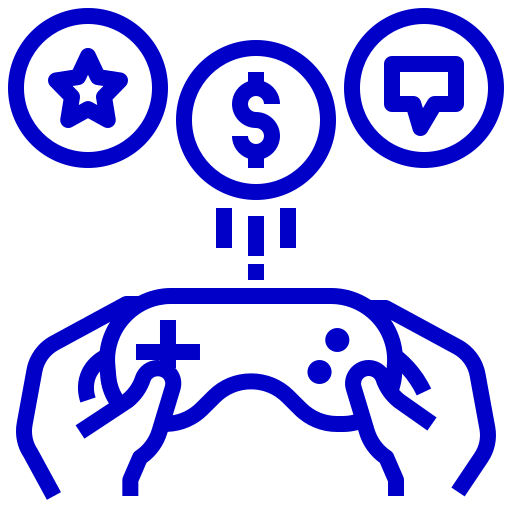 Gamification
Gamification Sales Coaching
Sales Coaching Sales Contest
Sales Contest Implementation
Implementation Consulting
Consulting Enterprise Ready
Enterprise Ready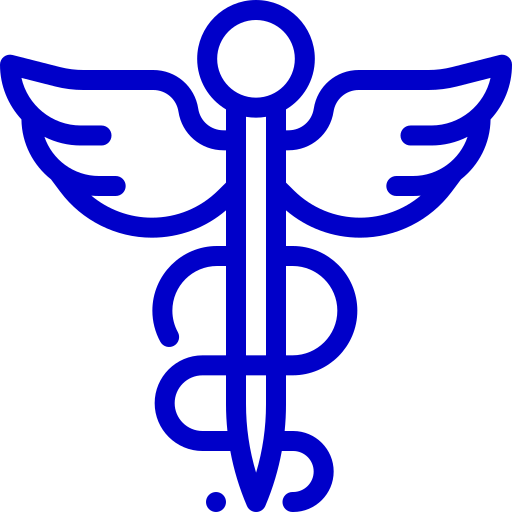 Pharmaceuticals
Pharmaceuticals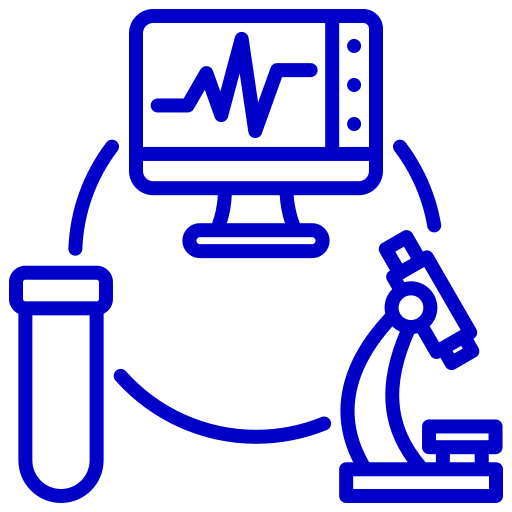 Medical Devices
Medical Devices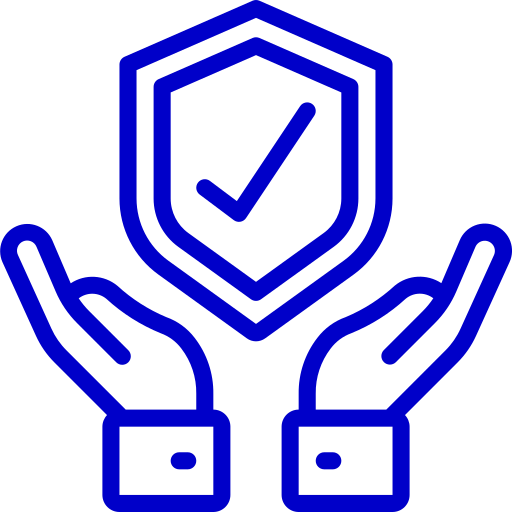 Insurance
Insurance Banking
Banking Technology
Technology Senior Living
Senior Living Sales
Sales Call Centers
Call Centers Marketing
Marketing Improve Sales Productivity
Improve Sales Productivity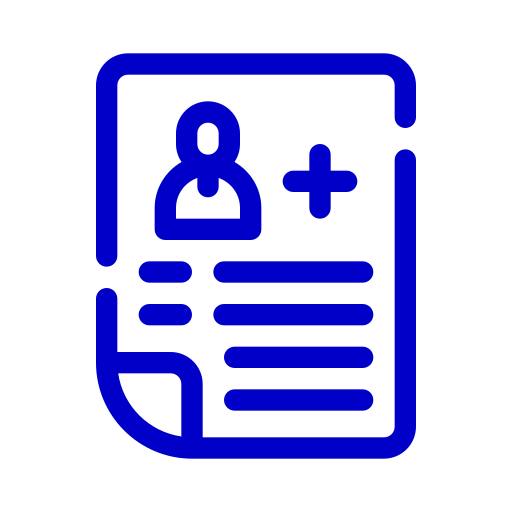 New Hire Onboarding
New Hire Onboarding New Product Launch
New Product Launch Channel Partner Training
Channel Partner Training Sales Events
Sales Events Success Stories
Success Stories Whitepapers and eBooks
Whitepapers and eBooks Contest Template Designer Tool
Contest Template Designer Tool Sales Training
Sales Training Gamification
Gamification All Blogs
All Blogs





